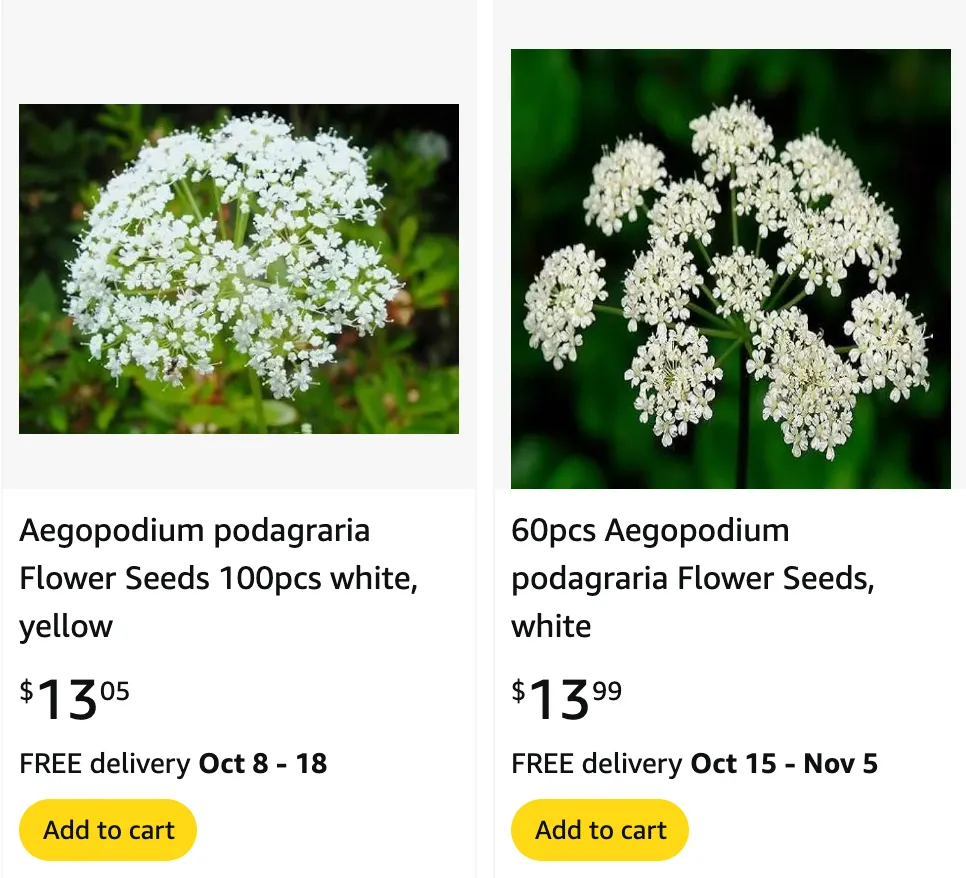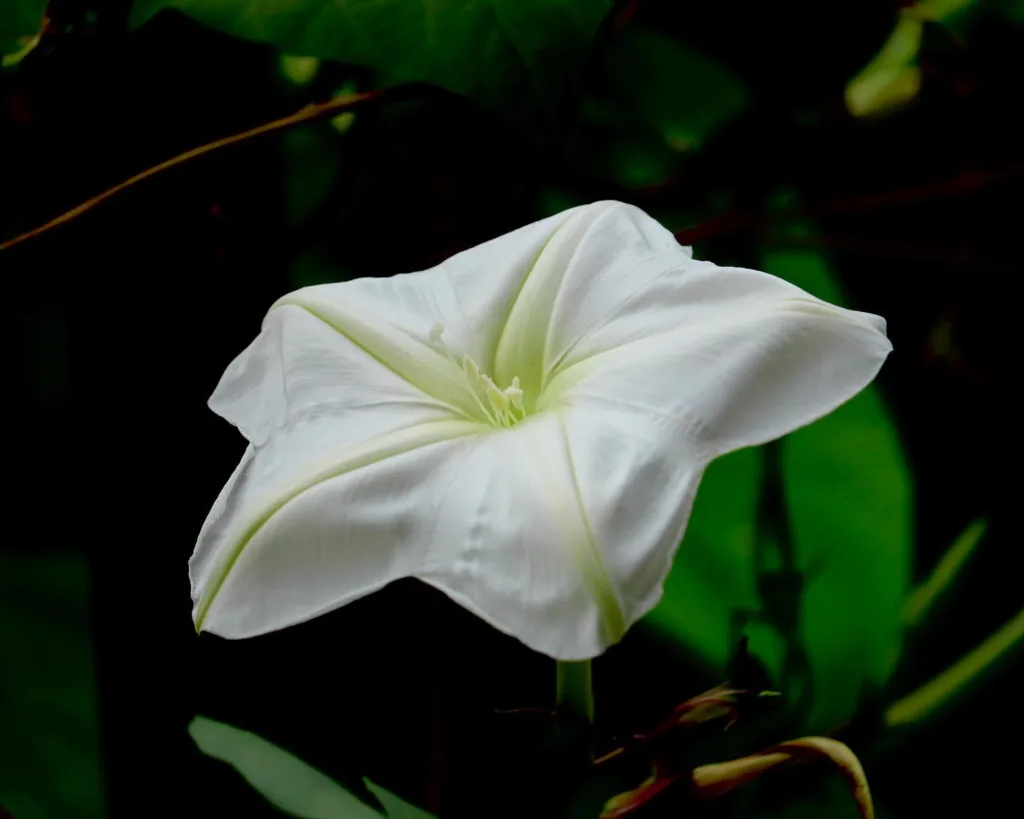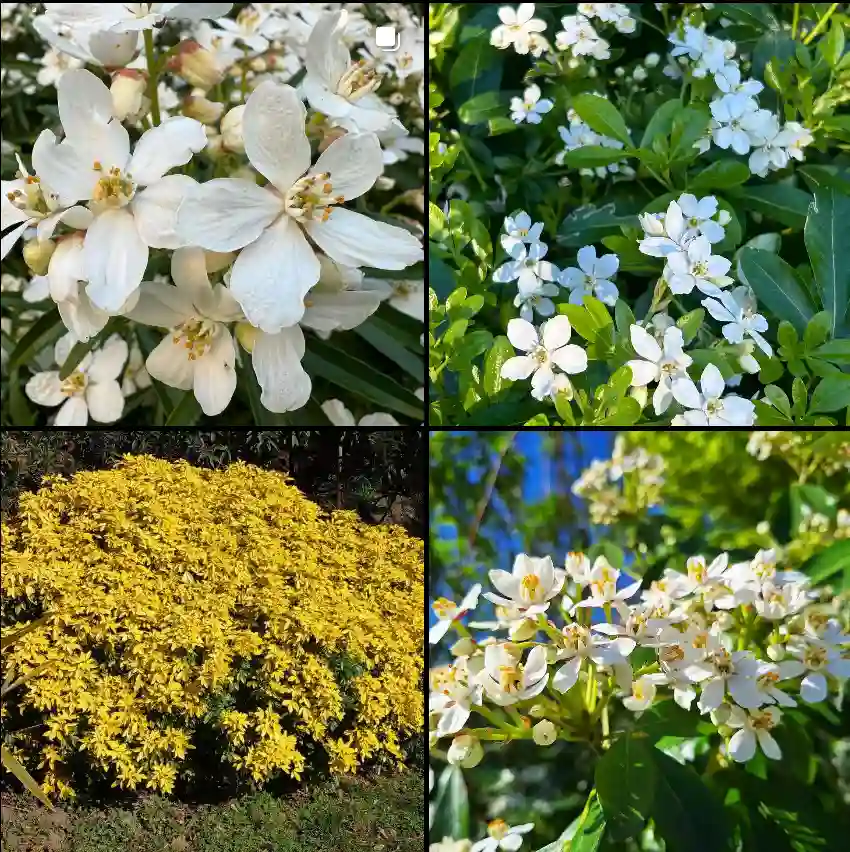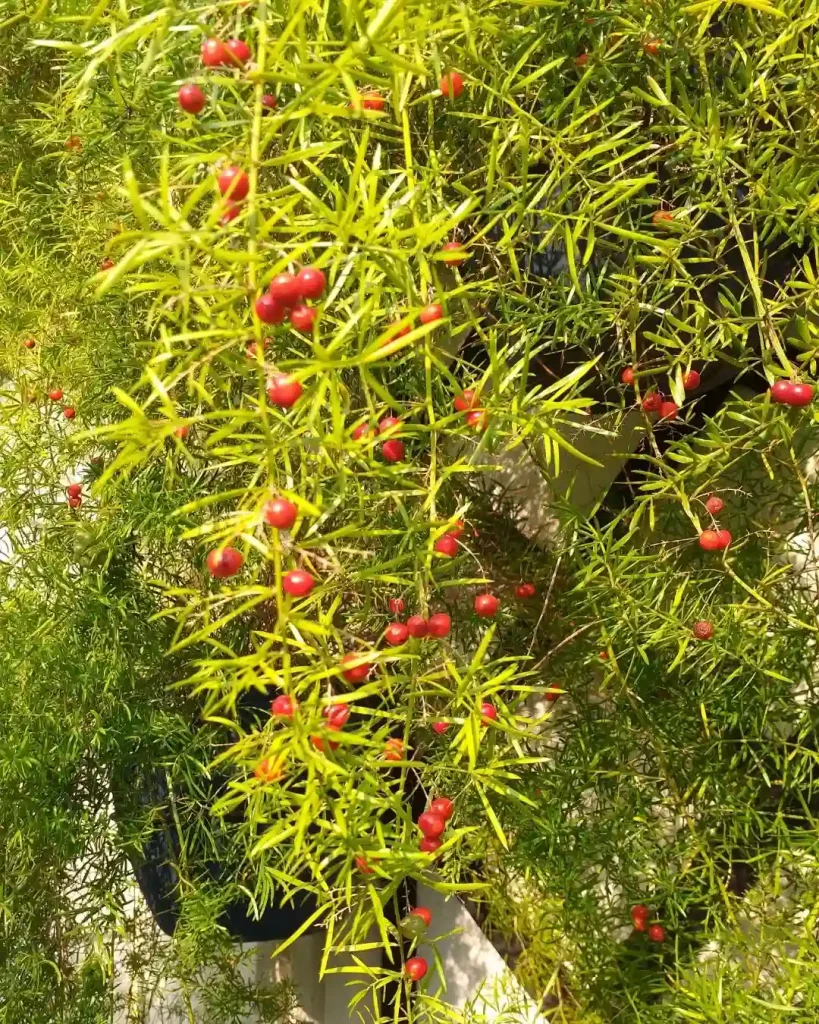
FAQs About Aegopodium Podagraria
Aegopodium podagraria, commonly known as goutweed or bishop’s weed, is a vigorous ground cover that has sparked both admiration and frustration in gardeners. In my experience, it’s one of those plants that grows easily, but if not controlled, can quickly take over your garden. Here are some frequently asked questions about this plant and my personal insights on each.
12 Species in Genus Aegopodium
What is Aegopodium Podagraria?
Aegopodium podagraria is a perennial plant native to Europe and Asia, known for its dense carpet of variegated or green leaves. The plant’s creeping rhizomes make it an excellent ground cover, especially in shaded areas where other plants may struggle. However, its rapid growth can become invasive if not managed carefully.
How Fast Does Aegopodium Podagraria Spread?
Aegopodium podagraria spreads at an impressive rate. It uses underground rhizomes to rapidly colonize any available space. In ideal conditions, like shaded, moist soil, the plant can quickly overtake garden beds, flower borders, and even encroach on neighboring areas. I’ve seen it cover large patches of ground in just one growing season. This makes it great if you need fast ground cover, but problematic if you want to control its spread. Regular maintenance is key to preventing it from becoming invasive.
How to Plant Aegopodium Podagraria?
Planting Aegopodium podagraria is quite simple. It thrives best in partial to full shade and prefers moist, well-drained soil. When planting, space the roots about 12 to 18 inches apart, and they will soon fill in the gaps. I usually start with small clumps, and they take off quickly, requiring minimal effort on my part to establish them. If you’re planting in an area where you don’t want it to spread beyond control, it’s a good idea to plant it in a contained space, such as a raised bed or using root barriers.
How to Get Rid of Aegopodium Podagraria?
Getting rid of Aegopodium podagraria can be quite a task. Because of its extensive underground rhizome system, pulling it up by hand often doesn’t work unless you’re incredibly thorough. Any leftover roots will regenerate, and before you know it, you’re dealing with the same problem again. I recommend using a combination of digging up the roots and applying an herbicide. Covering the area with black plastic or mulch for a few months can also help smother the plant. Persistence is key here—removal takes time and effort.
How to Care for Aegopodium Podagraria?
Once established, Aegopodium podagraria is a low-maintenance plant. It doesn’t need much watering unless the soil dries out completely. Pruning is mainly to keep it from spreading too far. One thing to keep in mind is that it can suffer from leaf scorch if exposed to too much direct sunlight. I try to keep it in shaded areas where it seems to thrive. Mulching around the plant helps retain moisture and improve soil health, making the plant even more resilient.
How to Propagate Aegopodium Podagraria?
Propagating Aegopodium podagraria is easy. It spreads through its rhizomes, so all you need to do is dig up a section of the plant and replant it elsewhere. I’ve found that the best time to propagate is in the spring or fall when the plant is actively growing but not stressed by heat. Dividing the plant every few years also helps control its spread and keeps it looking neat.
What to Plant with Aegopodium Podagraria?
Because of its aggressive nature, Aegopodium podagraria pairs well with other robust shade-tolerant plants. I’ve had success planting it alongside hostas, ferns, and hellebores. These plants can hold their own against the goutweed’s tendency to spread, and their varying textures and colors create an attractive garden bed.
Can You Grow Aegopodium Podagraria Indoors?
Growing Aegopodium podagraria indoors is not common, mostly because of its tendency to spread aggressively. However, in a controlled pot environment, it can be managed. I’ve experimented with keeping it in containers indoors, but it requires consistent trimming to prevent it from overtaking the pot. If you’re looking for an indoor plant with similar resilience, you might be better off with something less invasive like pothos or spider plants.
Is Aegopodium Podagraria Toxic?
Aegopodium podagraria is generally considered non-toxic to humans and pets, making it a safe choice for gardens frequented by children or animals. That said, I always advise caution when introducing any new plant to a space where pets might nibble on them. While it’s safe, it’s always a good idea to monitor interactions with plants in your garden.
What are the Benefits of Aegopodium Podagraria?
The biggest benefit of Aegopodium podagraria is its ability to provide fast, dense ground cover in shaded areas where other plants might struggle. It can be particularly useful in woodland gardens or spaces where erosion control is needed. I’ve found it especially helpful in preventing weeds from taking hold in areas where its dense growth outcompetes them. Plus, its variegated foliage adds visual interest to otherwise dull parts of the garden.
Common Problems with Aegopodium Podagraria
One of the most common problems I’ve encountered with Aegopodium podagraria is its invasiveness. Without regular maintenance, it will take over an area. Another issue is that it can suffer from powdery mildew in humid conditions. I mitigate this by ensuring good air circulation around the plants and avoiding overhead watering.
How Does Aegopodium Podagraria Compare to Similar Plants?
Aegopodium podagraria is often confused with other ground covers, like Lamium or vinca, which also thrive in shady areas. However, in my experience, goutweed spreads much faster and is more aggressive than these other options. If you’re looking for a less invasive ground cover, I might suggest Lamium, as it’s easier to control but still provides good coverage.
In conclusion, Aegopodium podagraria is a plant that requires thoughtful management. Its benefits as a ground cover are undeniable, but its rapid spread means it’s not for every gardener. If you can manage its growth, it can be a valuable addition to a shaded garden.
If i die, water my plants!



